Supermarket Supply Chain Management
How can supplier and product management be redesigned? Supermarkets handle shipping products of various sizes, weights and perishability which all need to be accounted for when building a commercial shipment service.
Project Overview
Title: Leading Supermarket Supply Chain Management
Project Type: Full Supply Chain System Upgrade
My Role: UX designer
Duration: 5 Months (2023)
Objective: The specific focus was to re-engineer and design the supplier to warehouse delivery scheduling requiring consideration of many different scenarios including the important distinction between perishable and non-perishable goods.
Aims
Context: The existing supply chain management system was over 20 years old, with a very primitive interface and limited functionality.
Target Audience: The system was used on a daily basis by hundreds of employees who would schedule, monitor and amend thousands of warehouse and store deliveries around the UK. Therefore this upgrade has to cater to their needs.
Key Goals: Main goals included a complete branded redesign of the interface, as well as identifying key pain points for the users and addressing these in the upgrade.
Our Supply Chain Transformation Programme will enable us to get products to the right place at the right time for customers by improving our ability to efficiently transport products across our network.
– Client Stakeholder (2023)
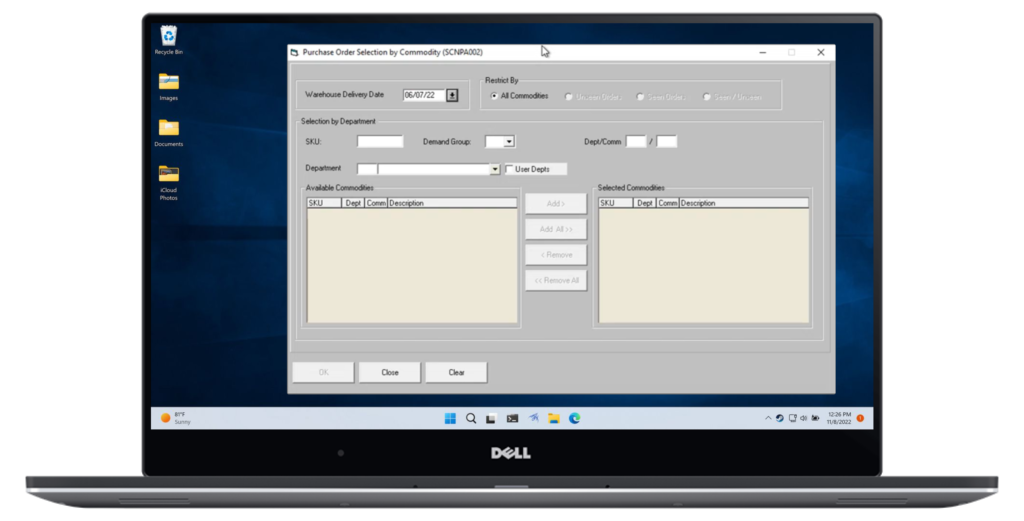
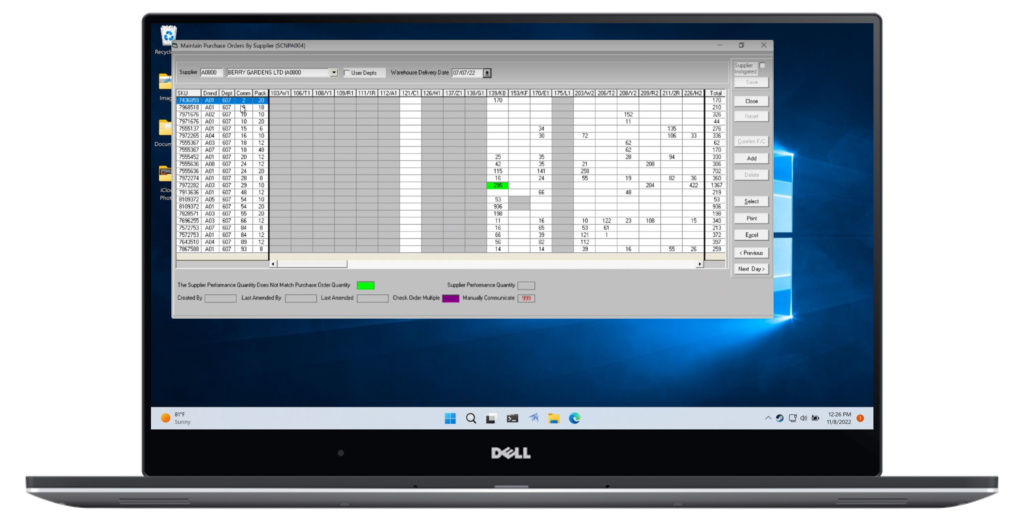
– Screen captures of Legacy System
Approach
- I joined mid-way through this project and was not involved in the initial discovery and scoping. Due to the fast paced nature of this project, there wasn’t an official research stage.
- We worked closely with the users and would have in depth conversations with them to understand an existing system flow.
- Business Analysts supported design by mapping out a user journey, which would then be validated with users.
- The senior UX designer and I started on the high fidelity prototypes in Figma using the strict visual guidelines and pre-build components.
- The prototypes were presented to all the necessary stakeholders for final sign-off.
- This process was repeated for each flow, over the course of the 4 months I supported on this project we completed over 20 different journeys ranging in length and complexity.
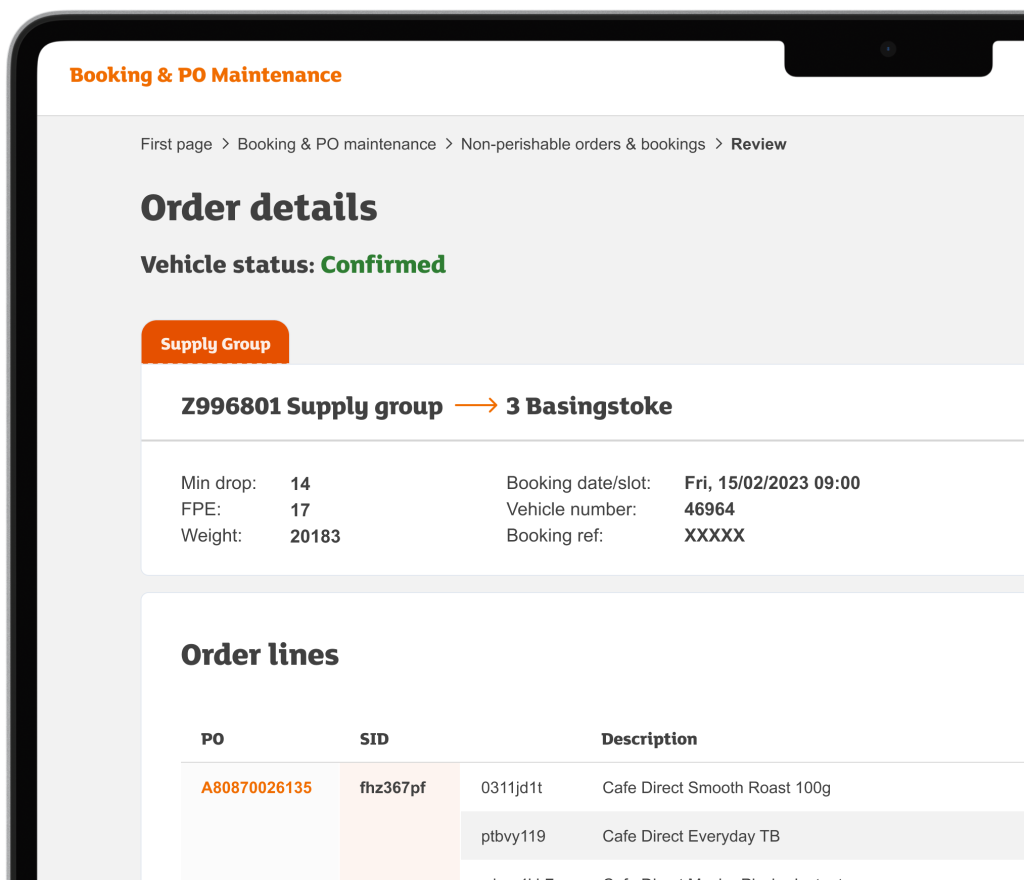
– Sneak peak of design refresh
Hand-over
- As the wider project was came to a close, the client handed the design off to in house designers.
- To best facilitate this process we had the new designers shadow us for a few weeks so they got a good understanding of the progress we had made.
- We finalised all the flows we were currently working on and handed over the well organised Figma file with all the documentation, components and completed flows from the project.
- As the develop stage of the project was not yet started we made sure to leave plenty of annotations around the file to help support development.
Skill Highlights
- Proficient Figma skills
- Rapid prototyping
- Strong understanding of UX fundamentals
- Design Delivery
- Effective communication with users
Reflection
- The pace of this project definitely hindered the ability to implement a thorough design process however, we did work very efficiently to produce a significant amount of work in the short time.
- I enjoyed learning the ins and outs of supply chains and was surprised to know how many complex nuances there are that required additional attention.
- Having open communication with users was a key part to the success of this project. It was fascinating digging into their daily process and understanding the way they interacted with the existing system, with so many work arounds as it did not facilitate their needs. Being able to provide solutions by breaking down complex UX problems was an exciting challenge.
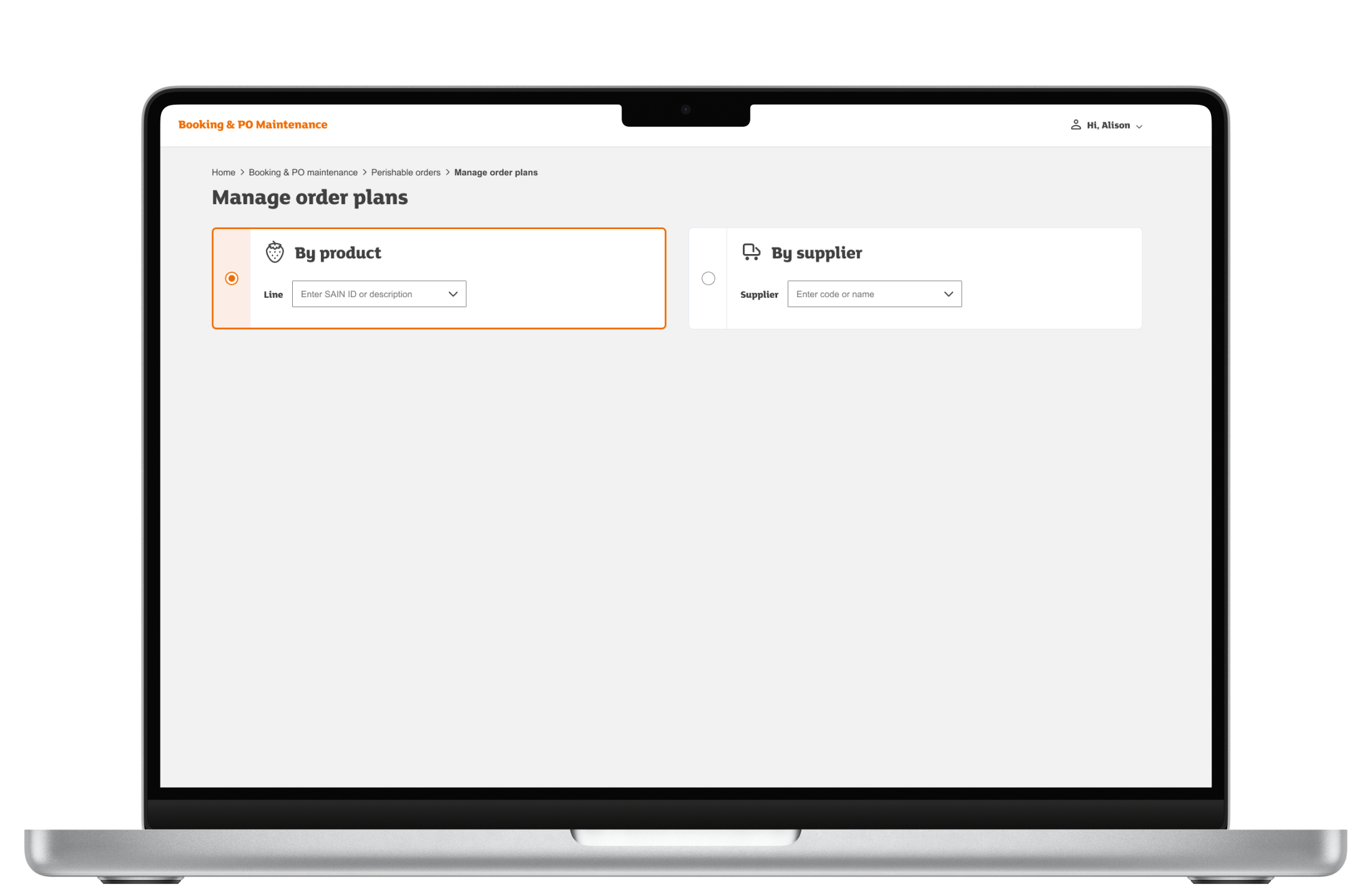
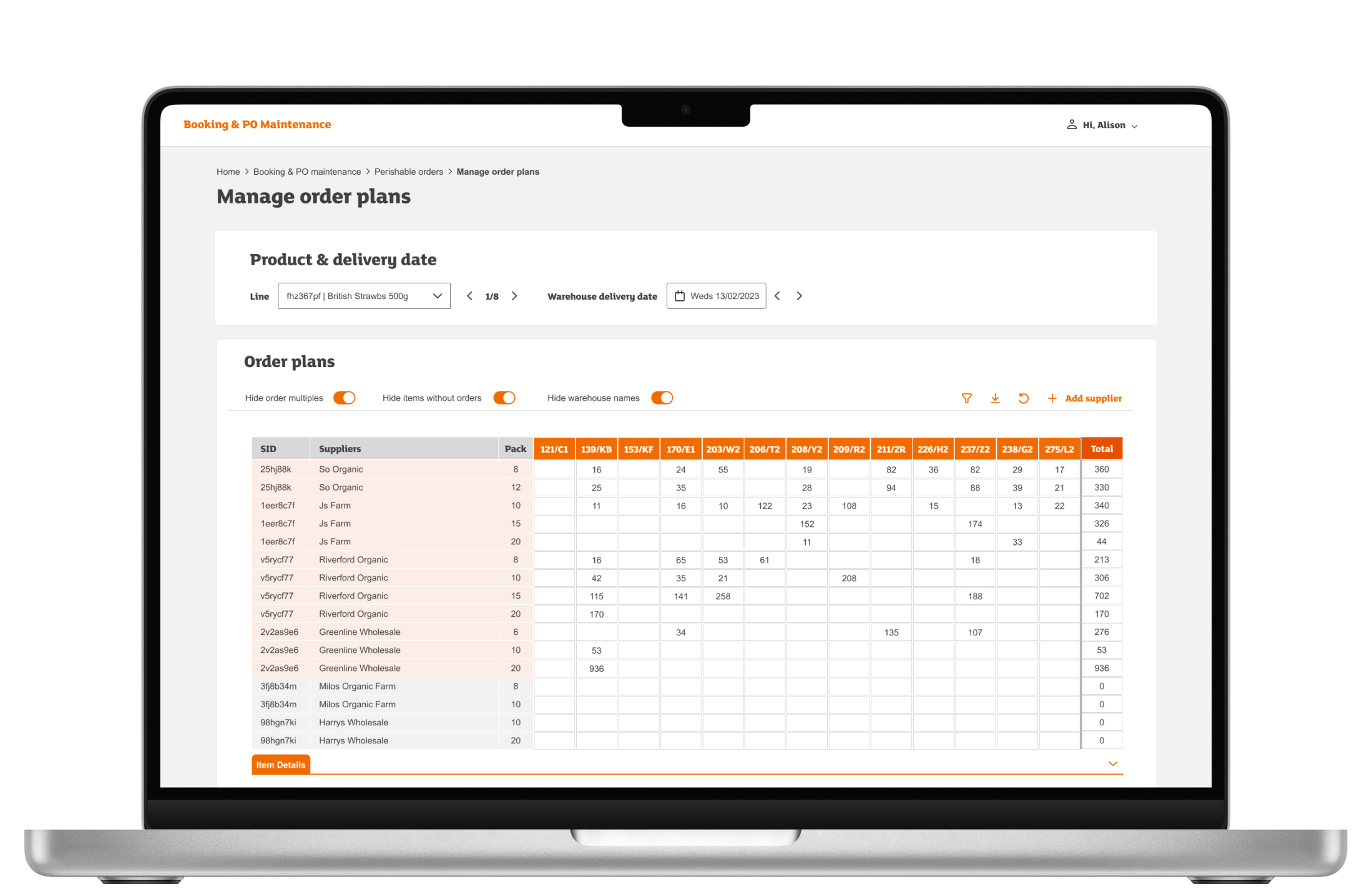
– Example of screens with updated design
Public Sector Service Consolidation
Can a users identity be verified to access public digital services? How do we approach designing a service for such a broad range of customers?